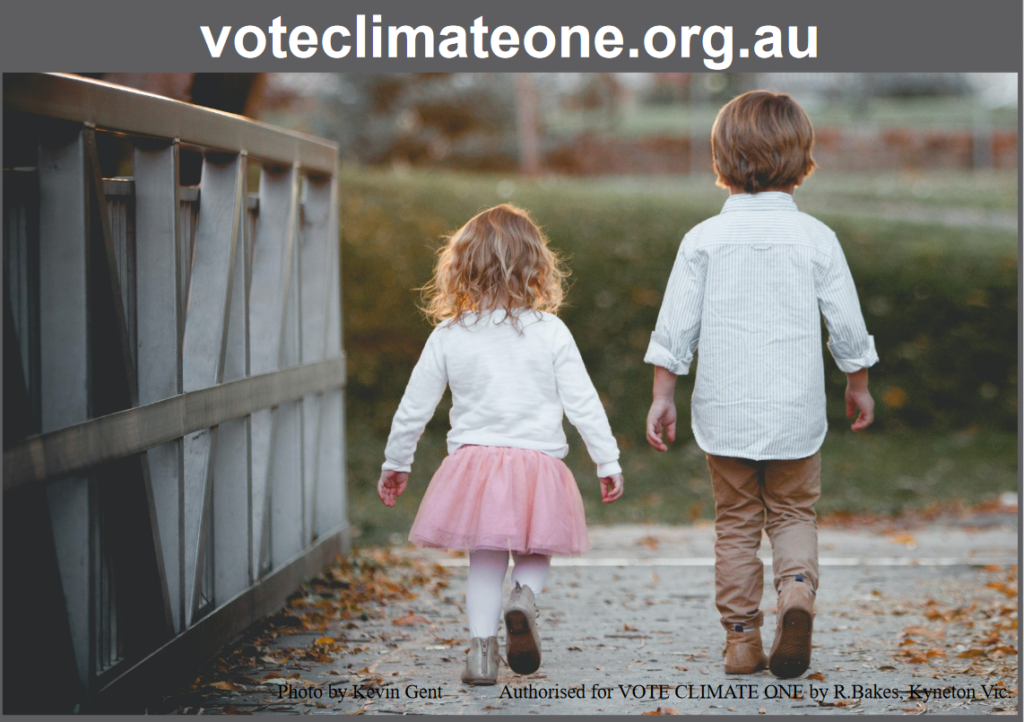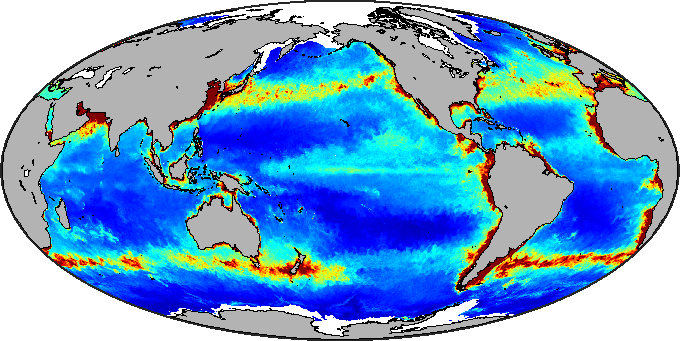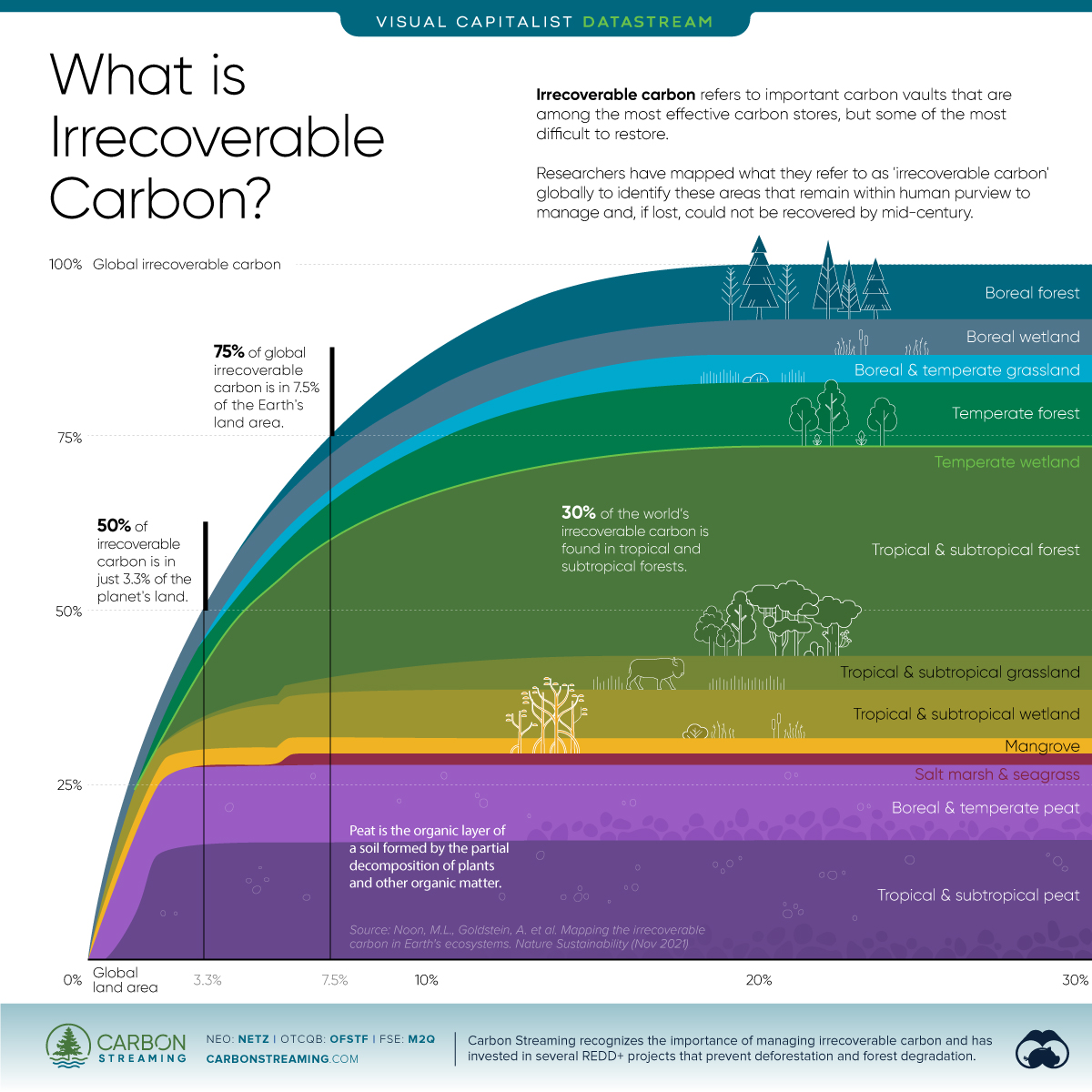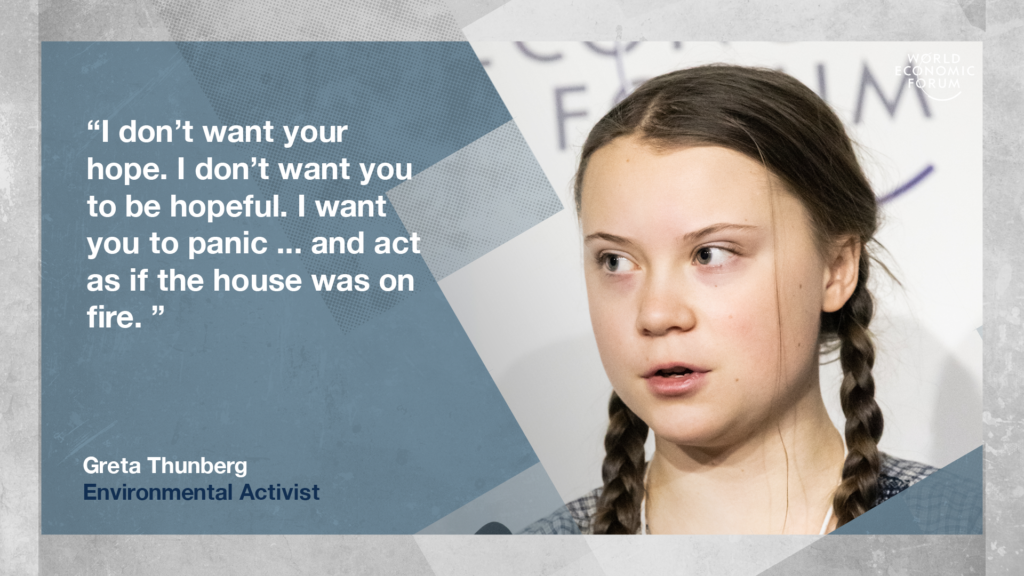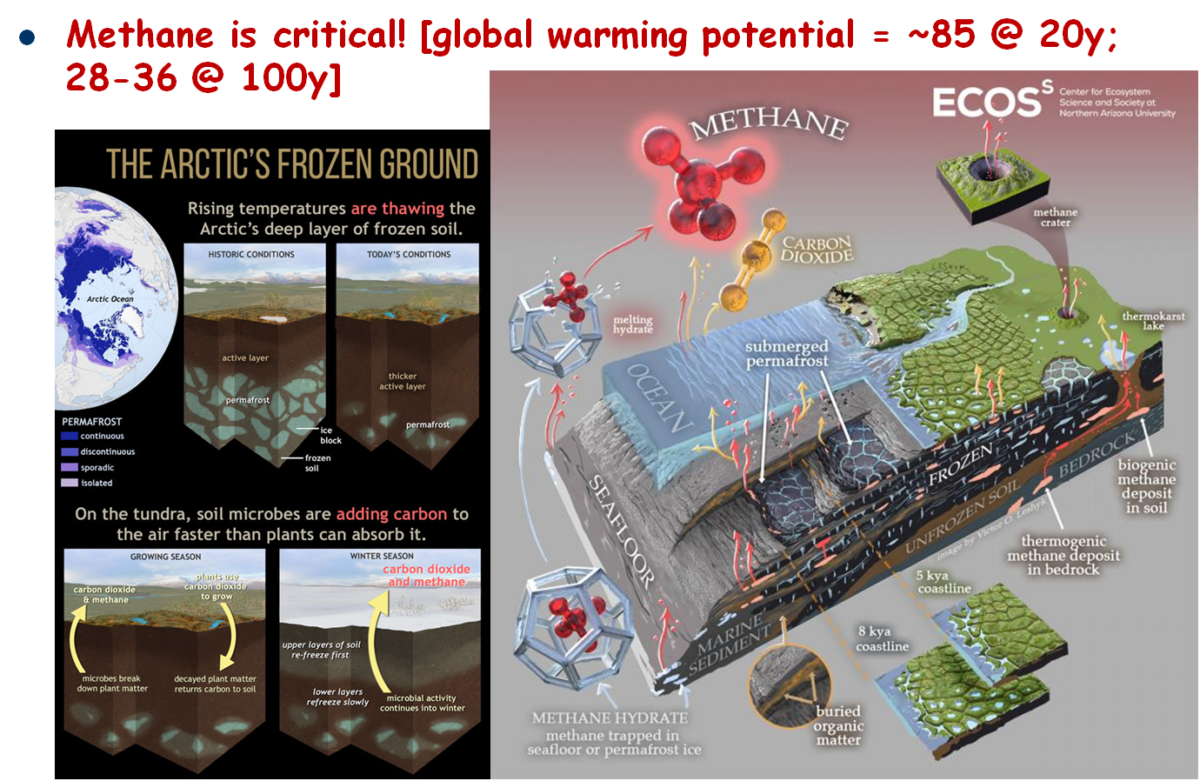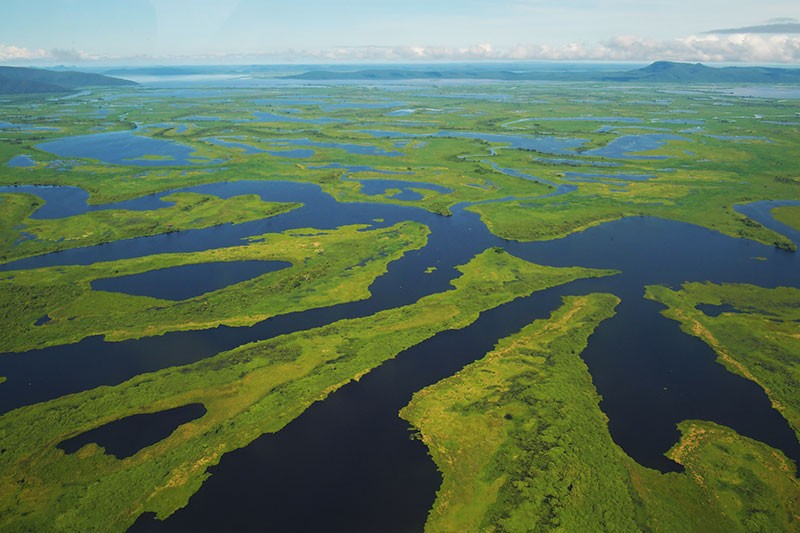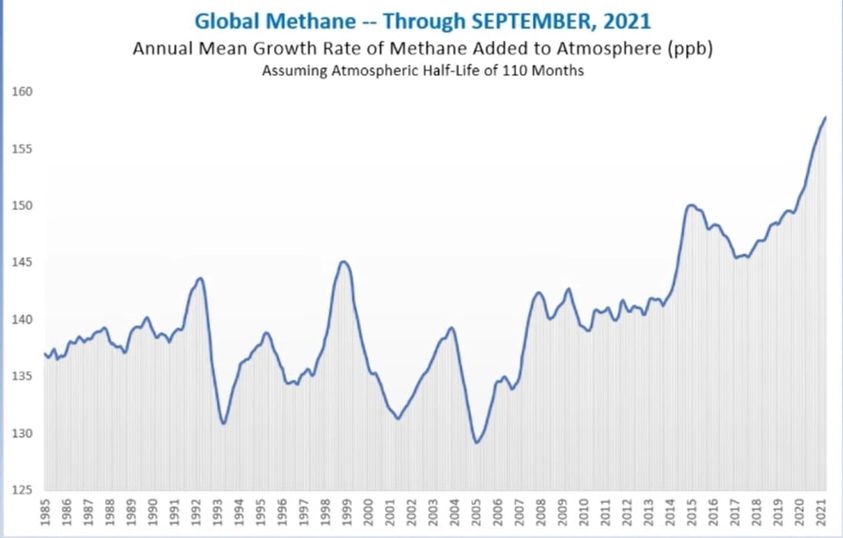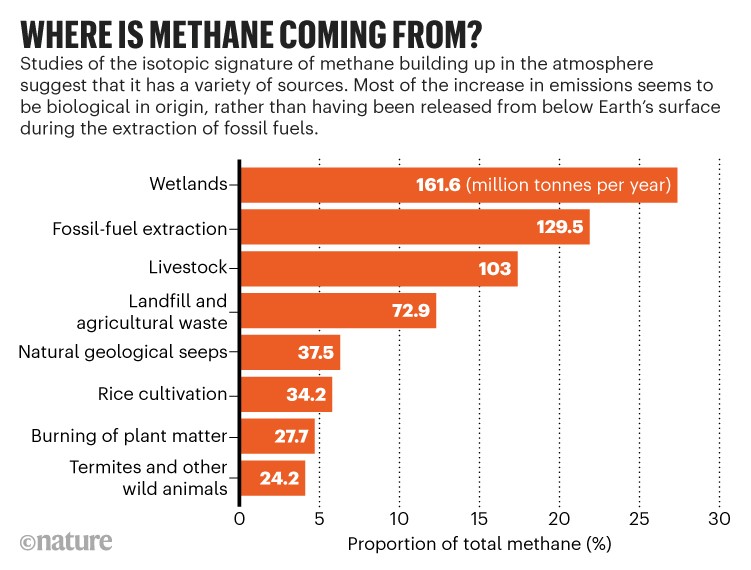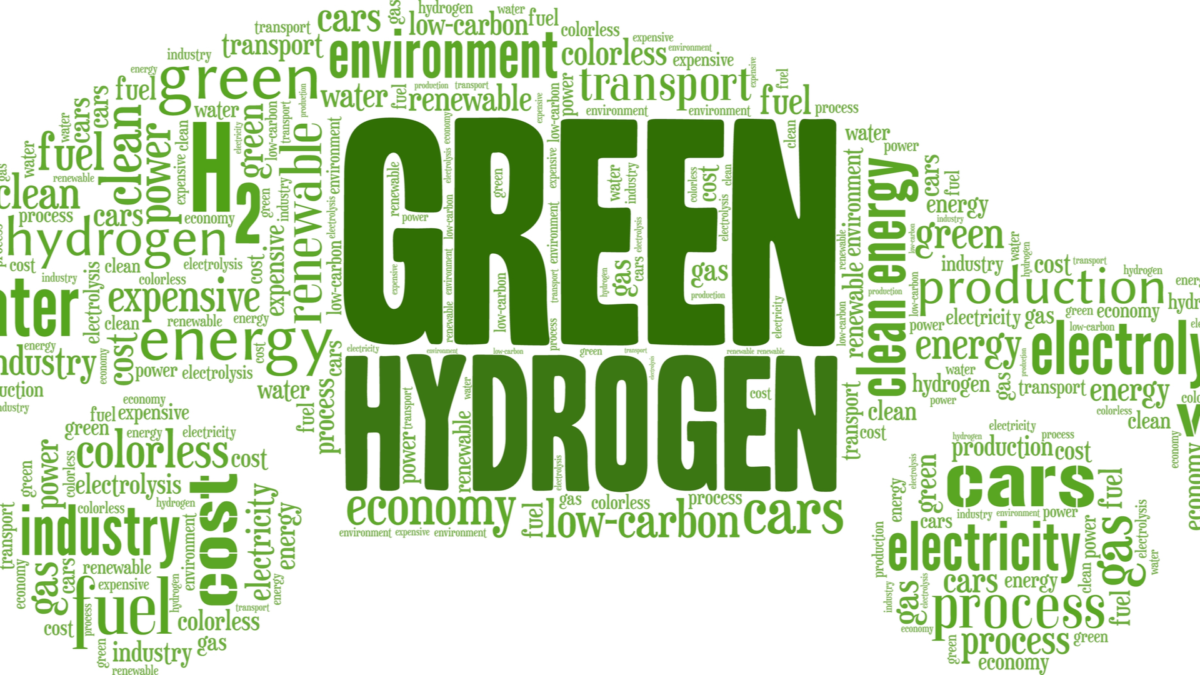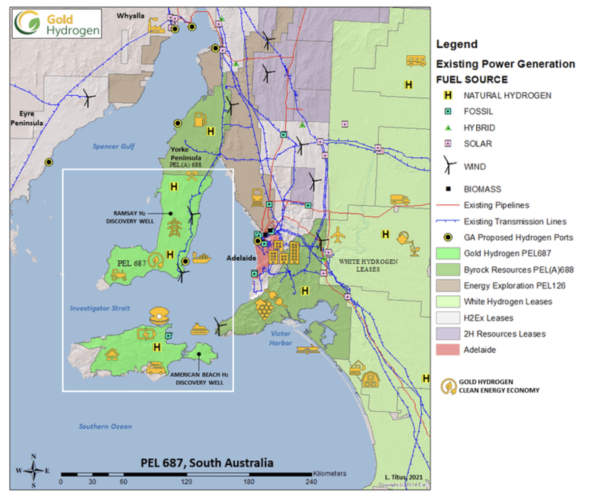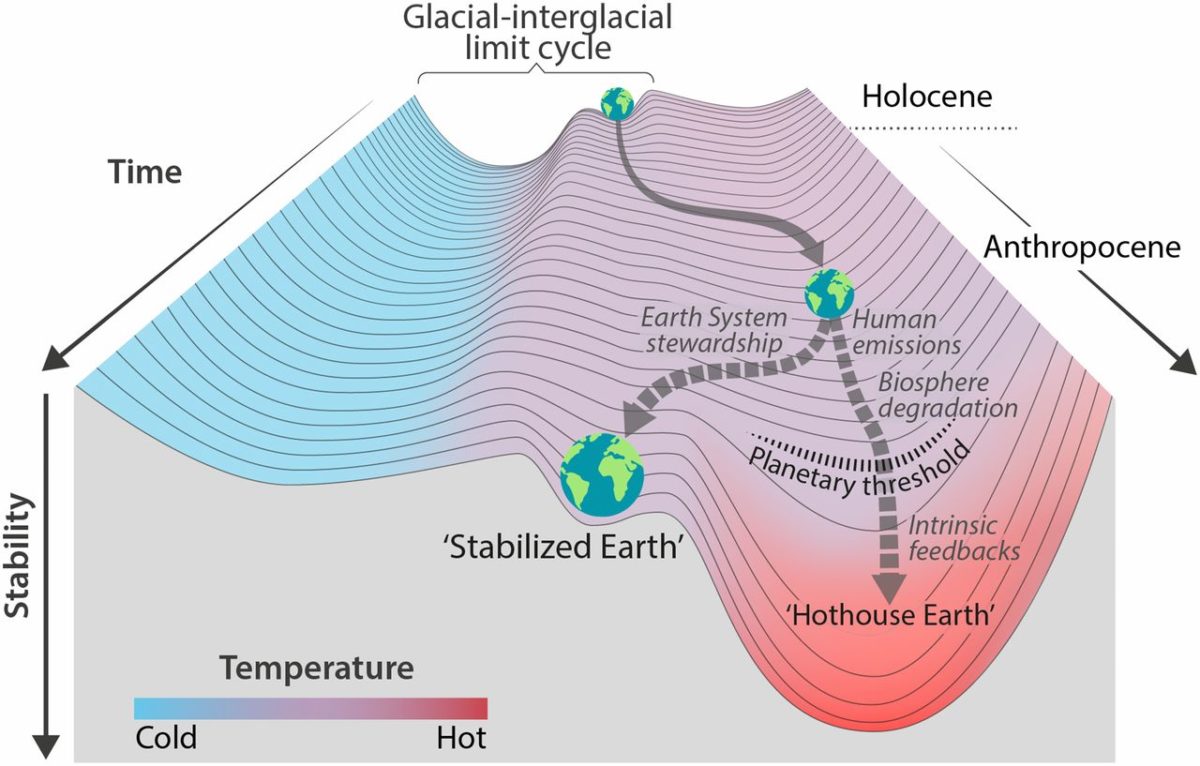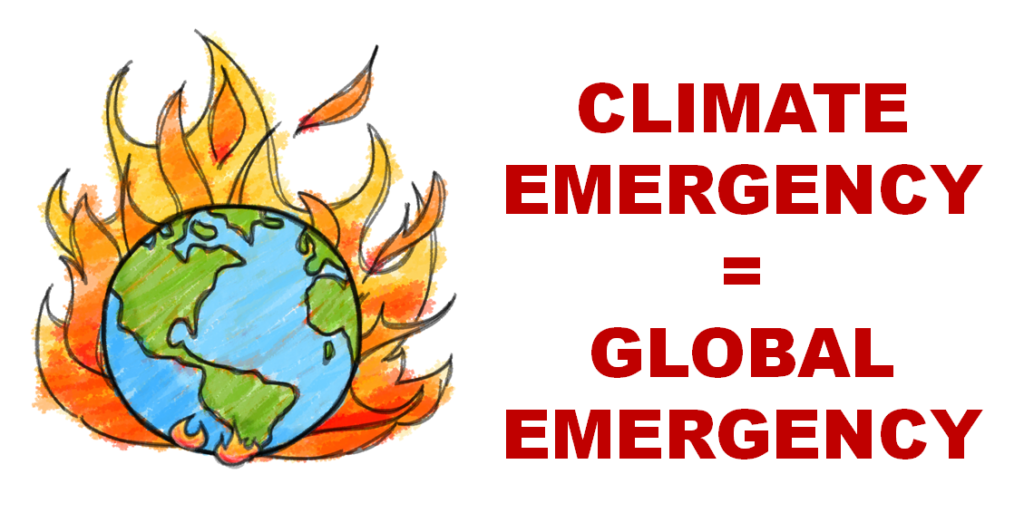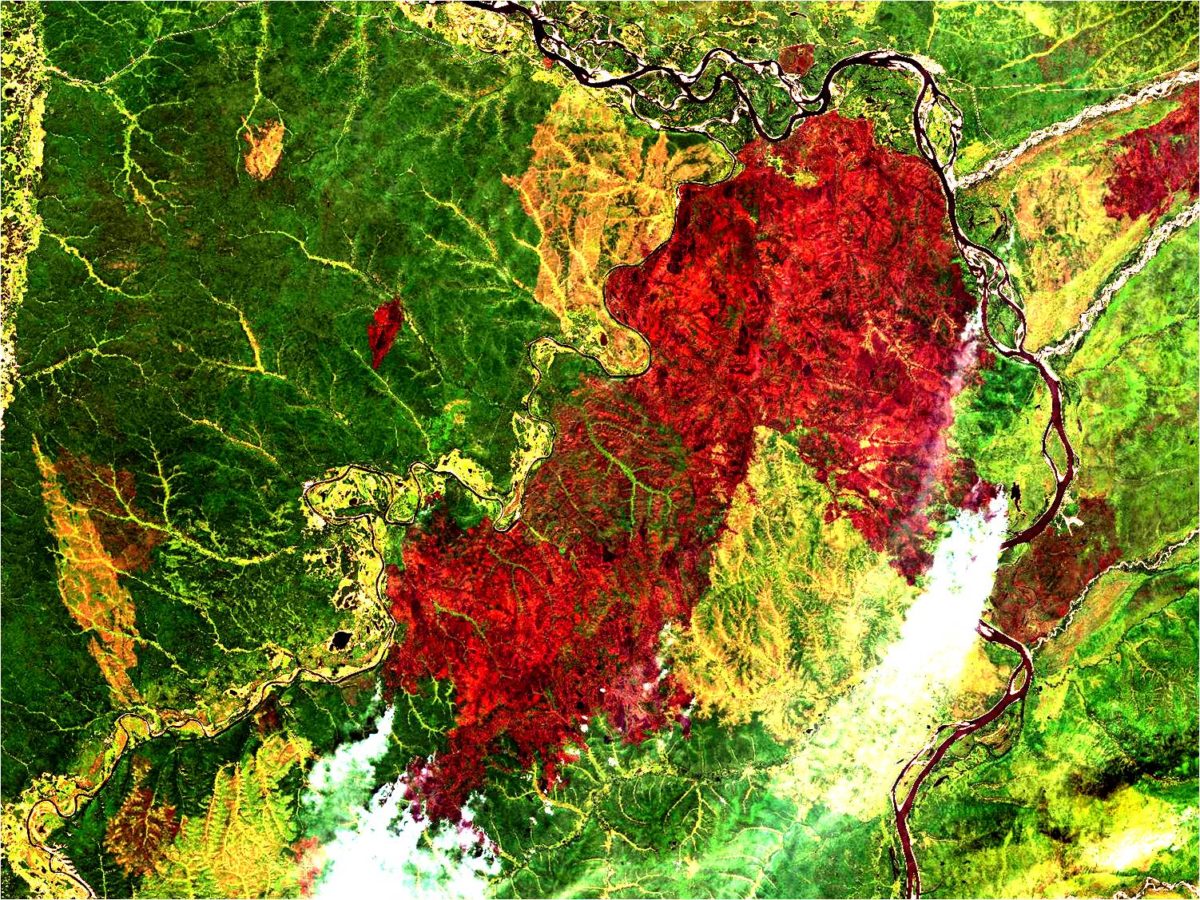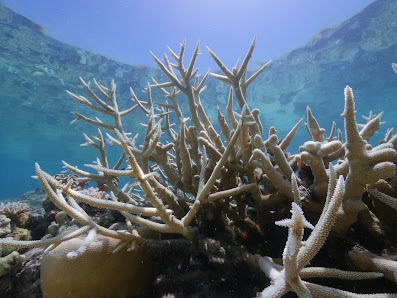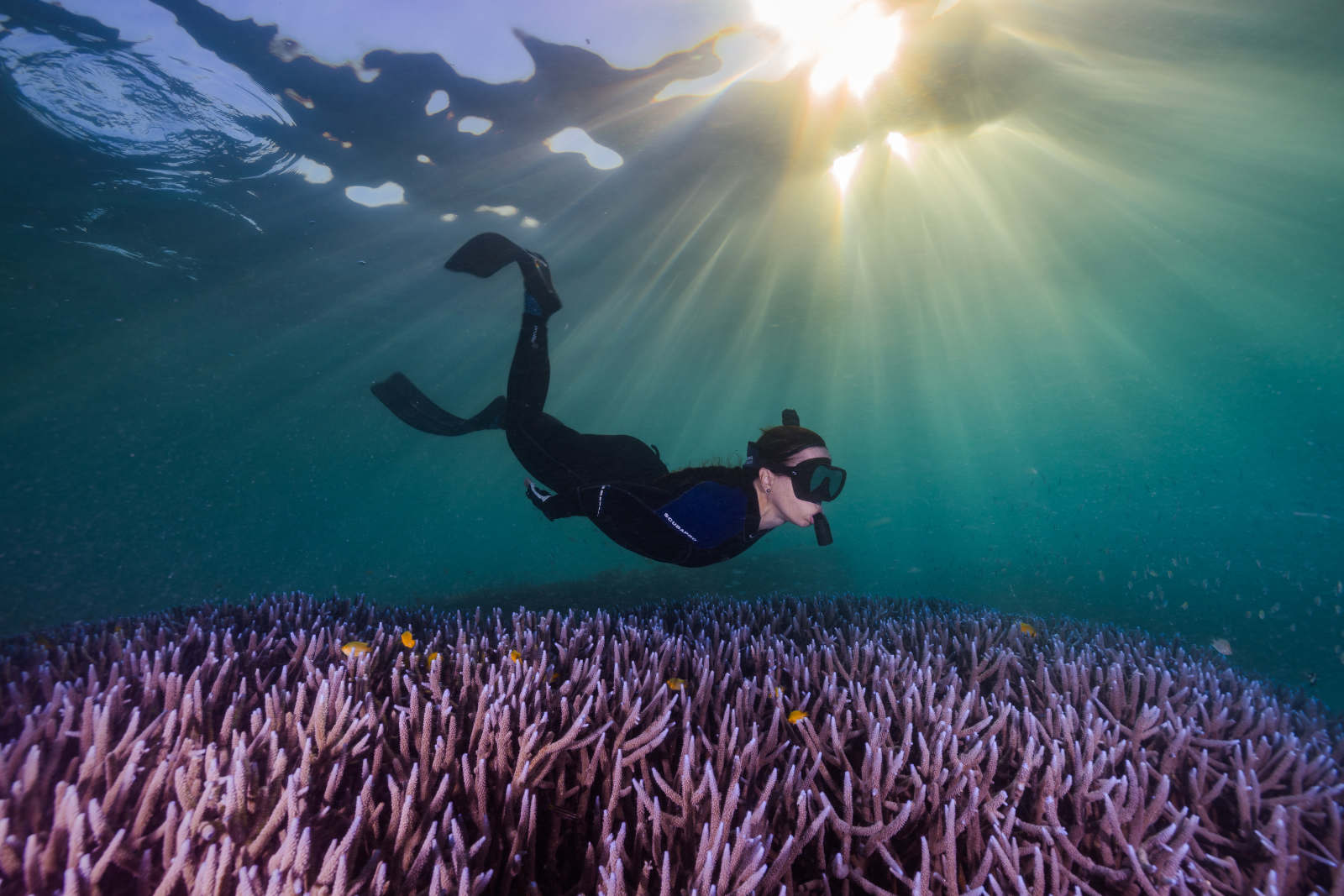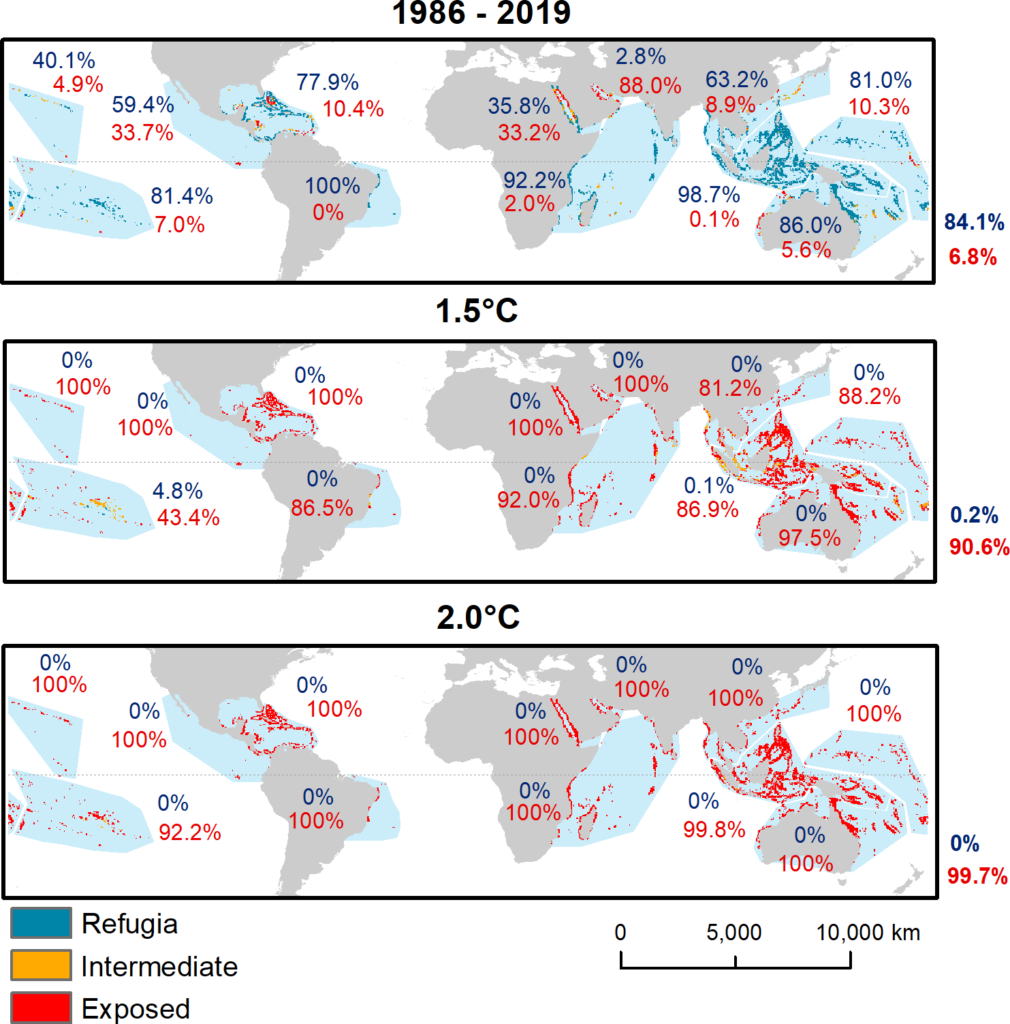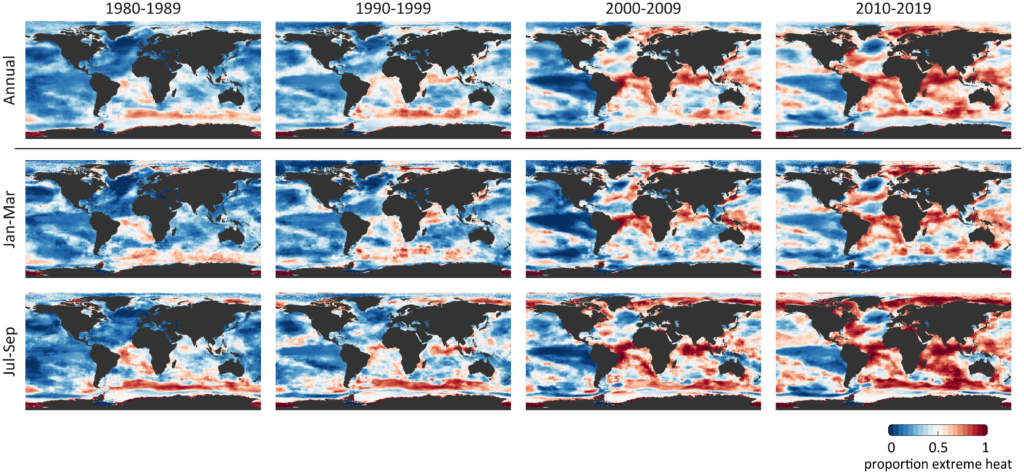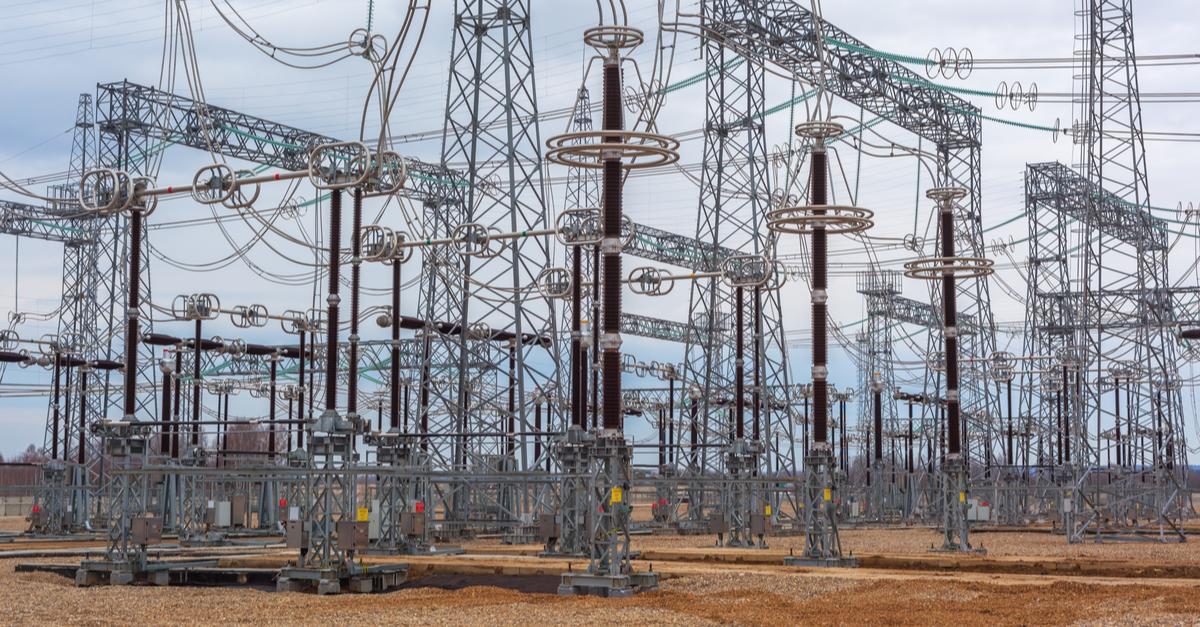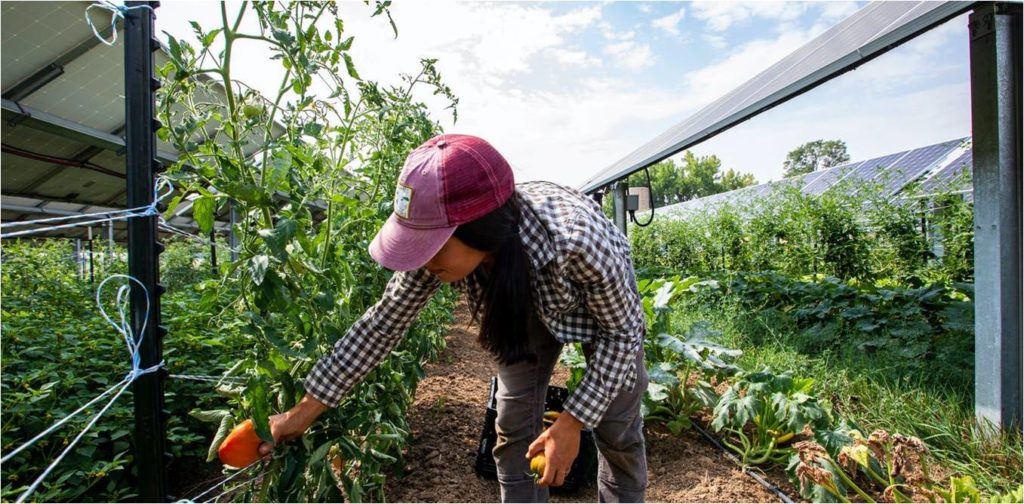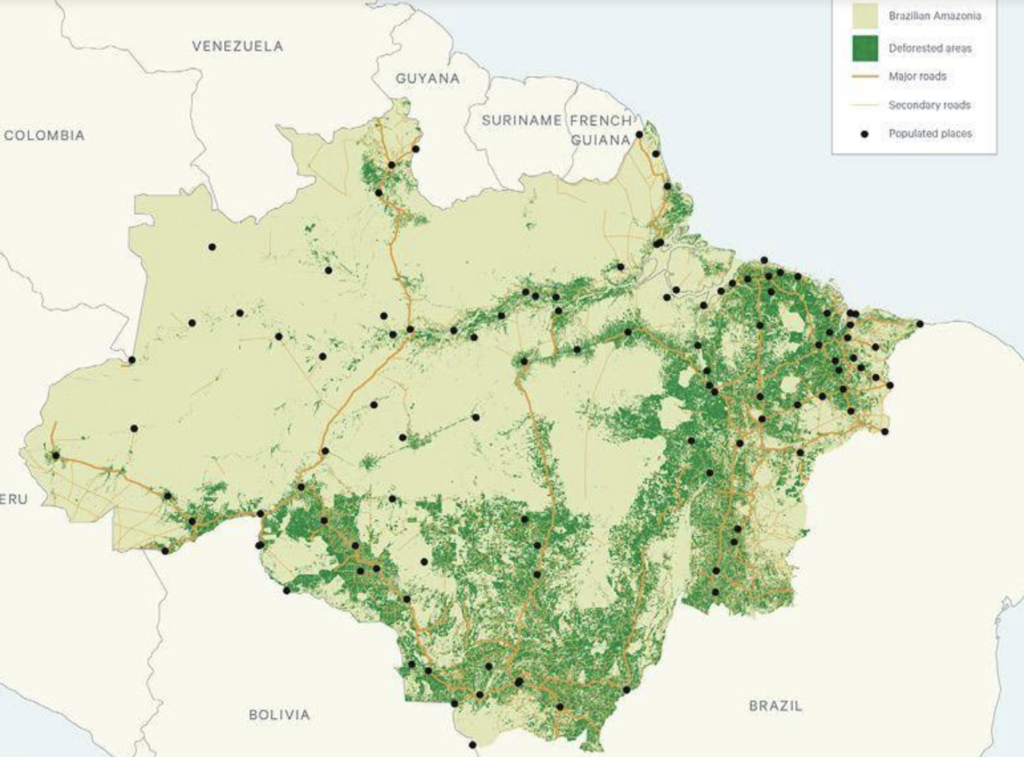Ocean carbon sinks capture and sequester quite well
The world’s oceans offer important and effective natural means to capture carbon from the atmosphere and sequester it in the ocean depths
There is significant evidence that the rate of global warming is already showing signs that it is at least partially being driven upward by positive feedbacks from temperature sensitive natural sources of carbon emissions. If so, it is unlikely that achieving zero emissions from human sources will be enough to do more than slow the rate of warming for a few years. To actually stop and reverse global warming we will have to actively remove greenhouse gas from the atmosphere (i.e., sequester them) at global scales. Ocean sinks for carbon might turn this task from a hopeful dream into reality.
My own unpublished studies of the literature relating to possible mitigation strategies to stop global warming prior to taking on my present VC1 role, suggested that fertilizing and farming the ocean deserts over abyssal depths should have the capacity to capture and sequester a significant fraction of the CO₂ in the atmosphere today. The recent research linked here suggests that significant carbon sequestration might be achieved by facilitating the growth of plankton with carbonate shells:
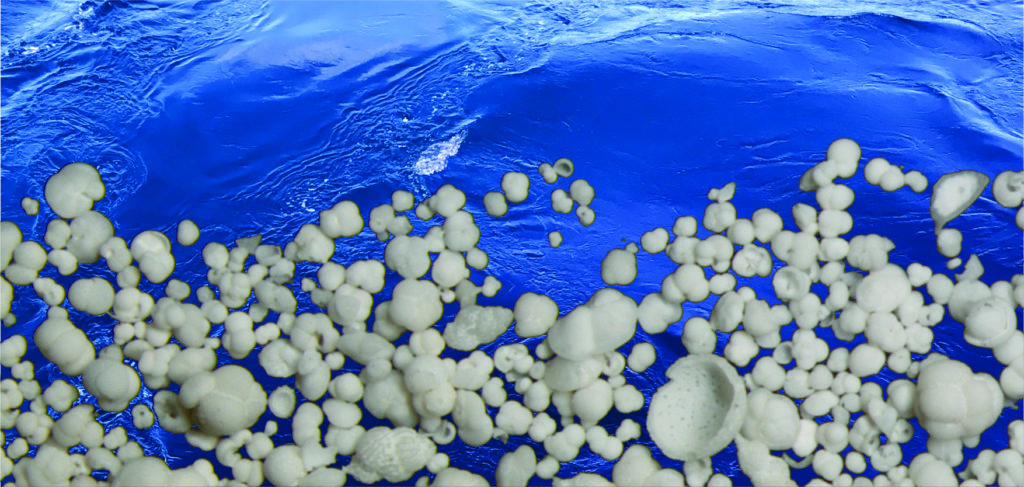
by Rupert Sutherland and Laia Alegret, 14/02/2022 in The Conversation
We think of trees and soil as carbon sinks, but the world’s oceans hold far larger carbon stocks and are more effective at storing carbon permanently.
In new research published today, we investigate the long-term rate of permanent carbon removal by seashells of plankton in the ocean near New Zealand.
We show that seashells have drawn down about the same amount of carbon as regional emissions of carbon dioxide, and this process was even higher during ancient periods of climate warming.
Humans are taking carbon out of the ground by burning fossil fuels deposited millions of years ago and putting it into the atmosphere as carbon dioxide. The current rate of new fossil fuel formation is very low. Instead, the main geological (long-term) mechanism of carbon storage today is the formation of seashells that become preserved as sediment on the ocean floor. [VC1 Editor’s emphasis]
Read the complete article….
The full scientific report on which the above article is based is also linked here for your easy access. There are also a number of scientific reports and observations indicating that runaway warming might be avoided if we can increase sequestration of excess atmospheric carbon soon enough.
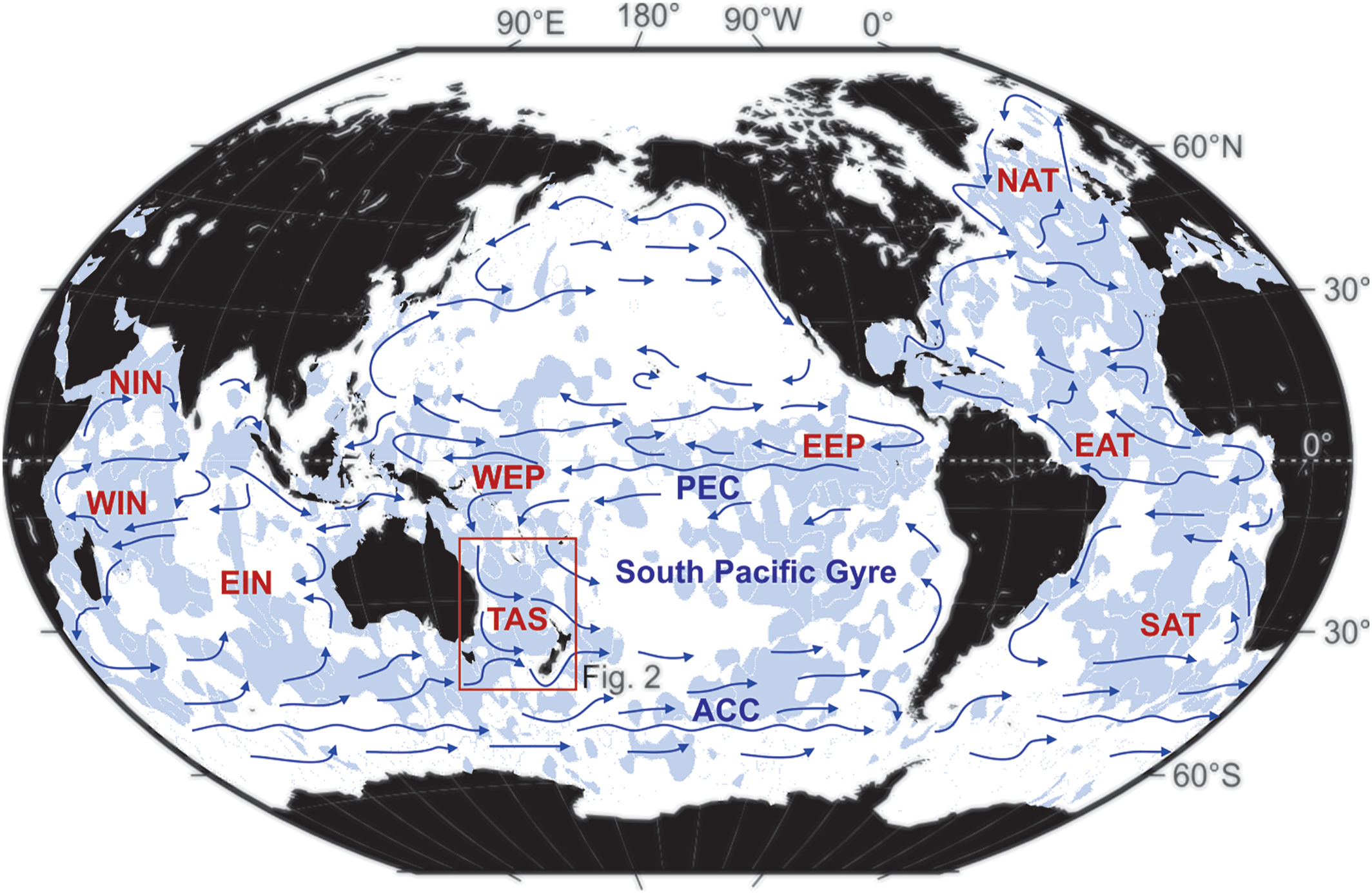
by Sutherland, et al., 26/01/2020 in Paleooceanography and Paleoclimatology
Global climate is likely to get warmer, and we want to know what will happen to marine life. We can study ancient warm periods to better predict the future. The ocean is a global carbon sink, because some organisms form shells by combining calcium with carbon dioxide dissolved in seawater. Once dead, their calcium carbonate shells sink to the seabed. Over millions of years, the southwest Pacific accumulated huge deposits. We used geophysical surveying and drilling to measure this history of deposition, which is a proxy for ancient biological productivity (how much marine life existed). A warm period 18–14 million years ago had high atmospheric carbon dioxide (2–4 times preindustrial levels) and slightly lower ocean productivity. In contrast, 8–4 million years ago, atmospheric carbon dioxide was similar to predicted 21st century levels and productivity was much higher: more than double recent values. Rates of calcium carbonate deposition in the past do not correlate with ocean acidity or atmospheric carbon dioxide; but they were mostly higher than today. Hence, long-term biological productivity and carbon sequestration in the southwest Pacific might increase in future, but computer models that fit our observations are needed to test this idea.
Read the complete article….
Sequestration of excess atmospheric carbon under the ocean is one of the very few technologies I have seen that plausibly scales up enough to cleanse Earth’s entire atmosphere. Some further evidence supporting this conclusion is discussed and linked here.
Only biological rather than engineered carbon capture and sequestration technologies have the potential to scale up to planetary level solutions
Direct air capture
Stopping anthropogenic carbon emissions probably will not be enough to stop the continually increase in the rate of global warming because of the natural positive feedbacks already triggered. This has led to substantial work to find ways to capture/’draw-down’ atmospheric CO₂ for safe sequestration underground. Over the last year or so there has been a considerable buzz in the clean-tech industry to engineer and construct technological solutions under the name of ‘direct air capture’ for doing this. These are physical/chemical devices looking a lot like air-conditioning units, but a lot more complicated in the way they work.
Wearing the hat from the near life-long physics and engineering thread in my diverse background, I have to say that despite all the hype, the idea that this type of technology could be scaled up to have any significant impact on the planetary amount of atmospheric CO₂ has to be pure bulldust and fairy-floss from the fossil fuel industry. The ABC article where I found this illustration makes it clear, “The greatest challenge … is processing enough air to capture a significant amount of CO2, given the gas makes up just 0.04 per cent of the air we breathe.” Physically, it takes a lot of energy expensive ‘work’ to gather widely separated gas molecules and compress them into a small space where they can be packaged and stored. No matter how the compression is achieved, according to the universal and fundamental physical Second Law of Thermodynamics, this energy cost cannot be avoided. This is before considering the additional costs of mining, refining, or otherwise gathering and processing the materials required to build the technology, assembling the devices, and all the related transport and logistics of distributing them, processing the resulting compressed carbon into a sequesterable form and the placing it in some form of safe long-term storage. As implied in the ABC article, a lot of people will make loads of money that will be far more needed elsewhere, to implement this absurdly costly technology to make a microscopic contribution (assuming there is actually any net benefit at all) to solving the global problem.
Other examples of the hype I have discussed in my Facebook account include:
- Ingrid Fadelli (11/03/2021) in Tech Explore: Researchers assess the life-cycle of industrial air capture plants operated by Climeworks.
- John Gertner (25/08/2022) in YaleEnvironment360: The Dream of Carbon Air Capture Edges Toward Reality.
- Kyushu University (04/06/2021): Underground storage of carbon captured directly from air—green and economical.
Biological systems capture and sequester carbon as a fundamental process of life
The biological and evolutionary thread in my life that began even before I learned to read. Wearing this hat, I can explain the absolute difference between the necessarily piece-rate and energy intensive processes required to produce engineered products, versus the intrinsic processes living systems use to reproduce and multiply themselves. They do this without any need for external instruction by self-harvesting the resources and energy they need from their surroundings. As such, living things also have the intrinsic capacity to adapt and evolve at least to some degree to meet changing aspects in their environments.
Plants (i.e., all types of photosynthesizing organisms) use energy from photons of light to capture CO₂ from their environments and combine this with water (H₂O) to produce the sugars that provide the starting point for synthesizing all of the other carbon-based organic molecules constructing the organism. Ultimately, all of this carbon is drawn down from the atmosphere (perhaps by way of first being dissolved in water). Thus, to live, grow, reproduce and multiply, plants MUST capture and hold onto carbon atoms for as long as they live. How and where they die determines how long this organic carbon remains sequestered away from the atmosphere.
Earth’s abyssal ocean depths are by far its largest repositories for carbon sequestration
The featured image heading up this post shows an equal area map of the extent of the oceans compared to land masses. Oceans cover around 70% of the total surface area of the globe. Land occupies the other 30%, but not all of this is remotely arable (e.g., the whole of Antarctica and many desert areas). The map is based on a “chlorophyll-based” model that estimates net primary production from chlorophyll using a temperature-dependent description of chlorophyll-specific photosynthetic efficiency. Net primary production is a function of chlorophyll, available light, and photosynthetic efficiency. The dark blue areas of the oceans away from the land are ‘ocean deserts’ where there is essentially no photosynthesis because there is an almost total absence of particular micronutrients phytoplankton need for building their photosynthetic apparatus.
I am certainly not the only person to have seen the potential importance of using the oceans as the major carbon sink for excess atmospheric CO₂. Committees of the US National Academies of Science, Engineering, and Medicine have published several reviews of potential carbon capture and sequestration technologies meriting funding for further research and development. The latest of these focuses specially on various kinds of ocean sequestraton (National Academies of Sciences, Engineering, and Medicine 2021. A Research Strategy for Ocean-based Carbon Dioxide Removal and Sequestration. Washington, DC: The National Academies Press.
).
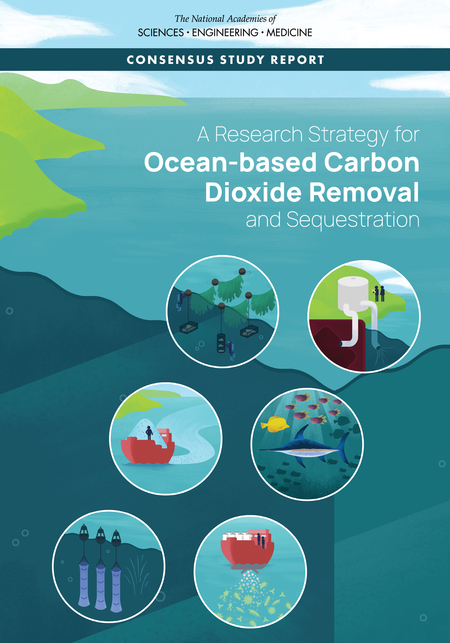
This report builds heavily on previous National Academies studies, in particular the rationale and framing for research on carbon dioxide removal provided from the 2015 report on Climate Intervention: Carbon Dioxide Removal [“CDR”] and Reliable Sequestration. The ocean CDR report here also adds to the more terrestrial focus of the 2019 report on “Negative Emissions Technologies and Reliable Sequestration: A Research Agenda.”
To me, it is the areas of marine deserts (~ half the surface of the world’s oceans) that are the most interesting, because this is where the potential should be greatest to use fertilization and farming to establish and control ecosystems optimized to capture and sequester carbon while causing minimal disturbance to already established ecosystems in more fertile areas of the world’s oceans. Chapter 3, Nutrient Fertilization in the National Academy’s review covers many general issues relating to this approach. There are also a number of recent scientific reports and observations that are relevant:
- Katerina Zimmer (08/10/2021), in The Scientist: Fish Poop a Big Player in Ocean Carbon Sequestration.
- Wang et al. (10/02/2022), in Science of the Total Environment: Australian fire nourishes ocean phytoplankton bloom.
- Alice Klein (15/09/2021), in New Scientist/Environment: Most CO2 from Australia’s megafires has been offset by algal blooms.
- Steve Lundeberg (07/10/2021) in Phys Org: Microbiology researchers further understanding of ocean’s role in carbon cycling.
- Warren Cornwall (15/12/2012) in Science: To draw down carbon and cool off the planet, ocean fertilization gets another look — Panel report fuels interest in tests of artificially triggered plankton blooms.
Collectively, together with many others I have seen, these references provide more than enough evidence to indicate that we should be able to seed and fertilize phytoplankton blooms over large areas of ocean desert to begin fixing globally significant amounts of atmospheric carbon into biomass. What remains to be worked out is how to optimize the growth and ‘packaging’ of this biomass carbon into relatively inert forms that will drop down into the abyssal depths to be incorporated in the bottom sediment.
This is the ‘farming’ aspect of the process involving the selection and seeding of appropriate phytoplankton species, and the selection, seeding, and husbanding of appropriate ‘consumer’ species to harvest and package a large proportion of the carbon in the phytoplankton as feces (i.e., ‘droppings’) or in the consumers own dead bodies that are dense enough to fall to the bottom out of the photic zone where the phytoplankton photosynthesize. Consumers may be shelled zooplankton, other invertebrates with dense carbonaceous components, or various kinds of fish, mammals or birds that can be counted on to take a significant mass of carbon to the bottom of the ocean when they die.
In principle, it should be possible to scale up such processes rapidly enough to begin drawing down carbon from the atmosphere before runaway warming has passed the point beyond which the positive feedbacks have become unstoppable. Once we have good recipes, given the propensity of biological systems to MULTIPLY autonomously, the processes should be rapidly expandable to the planetary scale. However, there are all kinds of presently unqualified risks and benefits to be faced from putting such activities into practice that need to be studied and qualified before implementation begins. Given the hints and evidence in the scientific literature, there should be hundreds and thousands of research studies working out the uncertainties to the point where large-scale pilot projects can be put to work as required to begin implementing global solutions.
Unfortunately, I am unaware that anything remotely close to the required volume of research has even been contemplated, let alone set to work…..
Why?????????
Australia’s COALition Government has relatively stifled climate science and the institutes and universities where such research would normally be carried out.
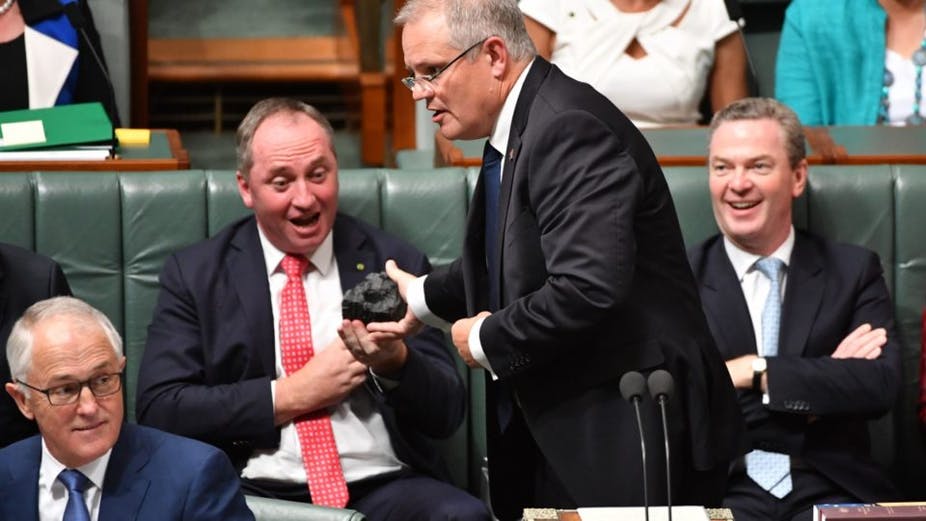

See also Katherine Murphy in The Guardian on 09/02/2017 for the live video — “Scott Morrison brings coal to question time: what fresh idiocy is this? What a bunch of clowns, hamming it up – while out in the real world an ominous and oppressive heat just won’t let up.”
In my opinion the LNP COALition and the collection of egocentric clowns and knaves also owned by the same puppet masters in the fossil fuel and other despoiling industries have made their denial of climate science and support of their puppet masters unambiguously loud and clear. There seems to be no mistaking their intent to go on doing this until the final collapse of society under the rising impacts of the climate emergency.
If humanity is to survive on Earth much beyond the 21st Century we Australians and citizens of other governments around the world must remove the special interest puppets from their governments and replace these greedy clowns and knaves with clear-headed people who are committed to put fighting the climate emergency at the top of their to-do lists when elected.
In Australia, Vote Climate One was formed by a team of volunteers to provide citizens in every Federal electorate with the information and knowledge they need to make wise decisions when filling out their ballot papers in the next election. Climate Sentinel News provides the scientific evidence and daily reports that have so motivated our group to try to do something to help cleanse our Parliament of the puppets. Our Traffic Light Voting System shows you what we know about each candidate in your electorate and will provide a blank ballot you can use at home to list candidates in the order of your preferences. We also give each candidate a traffic light showing where we think they stand on the spectrum from putting climate first (green traffic light) to putting fossil fuel first (red stop light). Amber lights are used for those candidates we trust to vote with green light MPs in hung Parliament or ‘greenish’ minority government. If you trust us, you can use the traffic lights to make it easier to give your preferences on the ballot.
